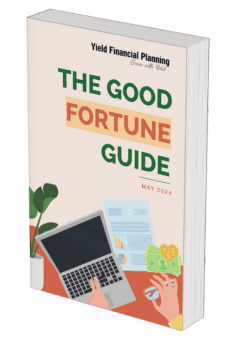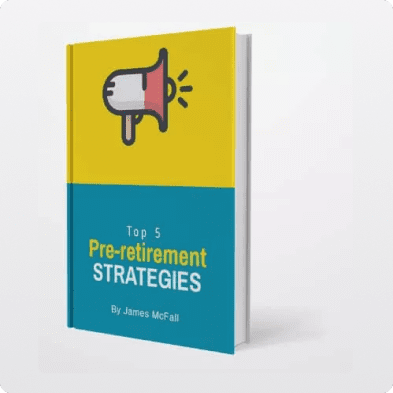At Yield, we’ve recently seen an influx of inquiries regarding eligibility to the various forms of income support payments. We believe it’s crucial that everyone is aware of social security and family assistance programs available, especially given the current climate where families have experienced firsthand the impact that a job loss can have to your family life and budget.
One Family Assistance Payment available to eligible families is the Family Tax Benefit (FTB), which aims to give families a helping hand raising children. This article outlines one of the components of this payment, Family Tax Benefit Part A, detailing the eligibility criteria, and most important, how much you or a younger loved one could receive.
What is The Family Tax Benefit?
The Family Tax Benefit is a Family Assistance Payment made to eligible families to assist with the costs associated with raising children.
There are two components to the Family Tax Benefit:
- Family Tax Benefit Part A – A payment per child with the amount paid being based on the family’s situation.
- Family Tax Benefit Part B – A payment per family aimed to give extra assistance to single parents or families that rely on one main source of income.
This piece will focus primarily on the Family Tax Benefit A. However, we have also published an article with information on FTB Part B which can be found here.

How is The Family Tax Benefit Part A Received?
The Family Tax Benefit can be received either as fortnightly or as a lump sum payment at the end of the financial year.
Although, it may seem appealing to receive your FTB Part A payment fortnightly, due to the inherent benefit of assisting your cash flow throughout the year.
We at Yield Financial Planning believe it’s important that those whose income fluctuates from year-to-year, such as the self-employed or those who work casually, should be cautious when selecting how to receive their Family Tax Benefit payments.
Since your eligibility to the FTB is dependent on your Family’s Adjusted Taxable Income, should you understate your expected income for the year, by the end of the financial year, you may end up with a bill to adjust for over payment.
Eligibility Criteria For The Family Tax Benefit Part A
Your eligibility to the Family Tax Benefit Part A is dependent on various factors, such as how many children you have, the age of your children and your Family’s Adjustable Taxable Income.
To be specific, to be eligible for the FTB Part A you must:
– Take care of an FTB Child for at least 35% of the time
A FTB child is essentially a dependent child who is either aged 0 to 15 or 16 to 19 and meets certain study requirements. The child must also not be receiving any other income assistance benefits such as Youth Allowance. The before mentioned study requirements are as follows:
- Be in full time secondary study
- Have an acceptable study load
- Or have an exemption from the DHHS
– Both you and your child must meet certain residency requirements
To be eligible to the FTB Part A payment, you and the child must be living in Australia and have 1 of the following:
- An Australian Citizenship
- A permanent VISA
- A Special Category VISA
- A temporary VISA type such as a Partner Provisional VISA
– Meet a means tested income test
When you lodge your tax return for a financial year, the Department of Human Services will assess your Family Adjusted Taxable Income using two income tests, with the test that yields the greatest benefit being used to determine your eligibility. It’s important to note that any Child Support or maintenance you receive can dramatically impact the payment you receive.
– Your child will be required to meet both immunisation and healthy start for school requirements
Failure to comply with these requirements could see a reduction in your FTB Part A payments.

Family Tax Benefit Part A Supplement
In addition, those who receive the Family Tax Benefit Part A may also be eligible for an end of financial year payment of up to $817.60 per child. This payment can only be received at the end of the financial year and requires your family to have a combined income of $80,000 or less.
This payment will only be paid once you have lodged your tax returns.
How Much Can I Receive?
If eligible, the FTB Part A will pay up to:
- $5,146.96 per annum or $197.96 per fortnight, for children up to 12
- $6,693.96 per annum or $257.46 per fortnight, for children up to 19
In addition, your FTB Part A may include:
- An Energy Supplement
- A Newborn Supplement and Newborn Upfront Payment
- Multiple Birth Allowances
- Rental Assistance
On top of this, should you be eligible, you could also receive the Family Tax Benefit Part A supplement of $817.60 per child.
Overall, the combination of all these benefits can do wonders for families struggling to make ends meet; especially to those families who’ve experienced a job loss due to Covid-19.

Yield Financial Planning is Here to Help
As Financial Planners, the team at Yield are specialists in navigating the rules and eligibility criteria of social security and family assistance benefits. We incorporate eligibility to Centrelink entitlements into our financial plans. If you are interested in discussing a financial plan, please contact us.

















